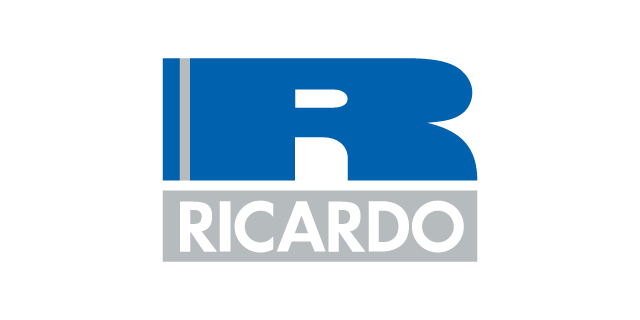Register now.

Heavy-Duty, On- and Off-Highway Engines 2019
26-11-2019 – 27-11-2019 – Friedrichshafen, Germany
Cooperation partners

Heavy-Duty, On- and Off-Highway Engines 2024
Shaping the future of heavy-duty engines
19th International MTZ Conference on Heavy-Duty Engines
12-11-2024 – 13-11-2024 – Eisenach, Germany
SUSTAINABILITY
Exhaust aftertreatment, alternative fuels, improving efficiency
DRIVE SYSTEMS
Fuel cells, hybrid drive systems, internal combustion engines
VEHICLE COMPONENTS
Valve trains, supercharging systems, fuel tank systems
Rolf Brück
Emitec Technologies GmbH
Tour of the Bell Equipment (Deutschland) GmbH and Emitec Technologies GmbH plants
Author: Marc Ziegler
Report from the 19th International MTZ Conference on Heavy-Duty Engines
Heavy-Duty, On- and Off-Highway Engines 2024
The Heavy-Duty Sector Needs Alternatives
Internal combustion engine or electrification? The MTZ Conference on Heavy-Duty Engines discusses the future of large engines.
The fundamental problem for the entire segment, and in particular for the off-highway sector, is that electrification is only conceivable in a very limited number of applications and there is little prospect of this changing in the longer term. In order to achieve relevant reductions in CO2 emissions, there is hardly any way around alternatives to fossil fuels. The difficulties in relation to the provision of these fuels are well known, but technical solutions are already available today. At the same time, existing concepts are being optimized and further developed in a targeted manner to achieve greater efficiency.
In his introductory remarks, Dr. Alexander Heintzel, Editor-in-Chief of the ATZ/MTZ Group, also emphasized the necessity of free development in the large engine sector, which is more relevant here than in almost any other area of mobility, simply because the necessary solutions are too extensive and diverse.
Globally, Emission Limits Vary Greatly
In his opening keynote, Rolf Brück, Managing Director of Emitec Technologies, emphasized that for Euro 7, the emission values have hardly changed compared to Euro 6. In the USA, according to Brück, the NOx limits, for example, have been tightened considerably and, in addition, different cycles are being used that require different exhaust aftertreatment systems than in Europe. In the non-road sector, NOx emissions would have to be reduced by 90 % compared to Euro 7. In China, the future China 7 limits are not yet known, but it is to be expected that NOx emissions would have to be massively reduced, especially during cold starts and at low loads, which would require new developments for the Chinese market. This would strengthen the local market enormously. According to Brück, the political decree of a purely electric drive in Europe, ignoring the actual CO2 emissions during the production and operation of a BEV, also leads to expensive large vehicles being rated in the same way as small and affordable ones. This would hand over the market for small vehicles to the importers. At the same time, in order to avoid fines, significantly more BEVs would have to be pushed onto the market. According to current figures, this is hardly realistic. As a result, European jobs would be at risk.
The megatrend in the heavy-duty sector continues to be the hydrogen combustion engine. Achieving an output similar to that of existing diesel engines poses major challenges for developers. Questions regarding the homogenization of the mixture, the injection and ignition of hydrogen were discussed, as were combustion anomalies caused by the very specific properties of the gas. Another trend is towards multi- and dual-fuel engines that can be operated with different fuels or gases or use energy sources that can only be ignited with a pilot, such as ammonia.